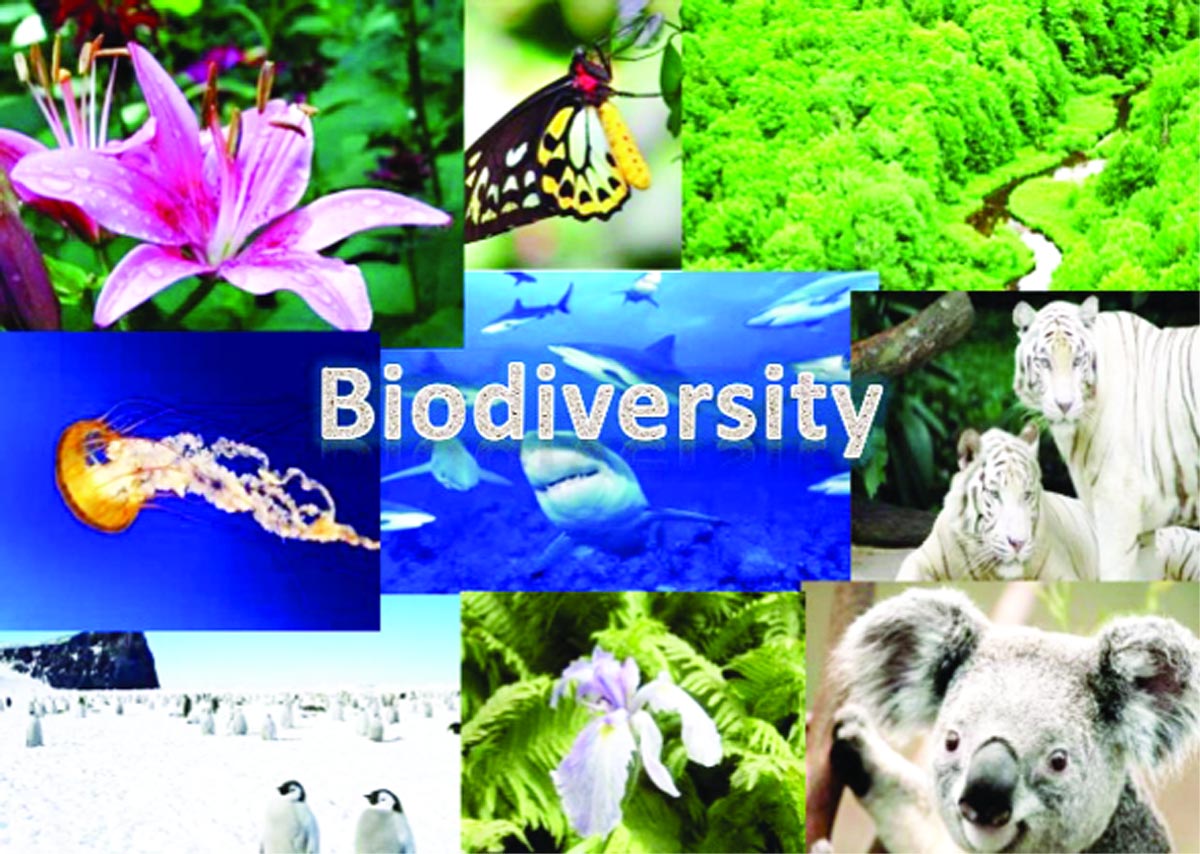Study reveals patterns of biodiversity across the globe

A new study provides crucial insights into biodiversity patterns across the globe, particularly emphasizing the unique roles of climate and topography.
The researchers investigated the reasons why tropical regions close to the equator are teeming with a diverse array of animal and plant species.
The research team, led by PhD student Tal Raz and Professor Shai Meiri from Tel Aviv University, along with Professor Uri Roll from Ben-Gurion University, analyzed an extensive dataset covering thousands of species.
The analysis included 5,983 amphibians, 9,630 birds, 5,004 mammals, and 8,939 reptiles. Such a massive dataset, which featured newly available data on reptiles, enabled the team to investigate global biodiversity patterns and their relationship to the environment with unprecedented precision.
“Until recently, we didn’t have enough data on where land vertebrates are found and thus on how many species are actually found in different areas of the world. Now, we have detailed data for reptiles, which we made available, along with publicly available data for other land vertebrate groups. This allows us to accurately study global patterns and how they relate to the environment,” said Raz.
The team found that while amphibians, birds, and mammals flourish in regions with higher rainfall, reptiles show a marked preference for warmer areas, regardless of rainfall levels.
This pattern is further complicated by the fact that in colder regions, temperature plays a more dominant role in determining species numbers than rainfall.
“The relationship between temperature, precipitation, and topography in shaping ecosystems is fascinating. In regions where environmental factors are diverse, they tend to have a more pronounced influence on the number of species,” said Raz.
“In Africa, for instance – where temperatures are quite high all over, the varying rainfall plays a crucial role in determining the number of species.”
“In Eurasia, both temperature and rainfall are highly diverse, making them both influential for species richness. But with all that, amphibians never forget their connection to rainfall, and reptiles hold onto their affinity for warmth.”
Professor Meiri explained that reptiles can do with very little water, because their metabolism is much slower compared to birds and mammals and because, unlike amphibians, they have highly efficient mechanisms to prevent water loss.
“But reptiles are highly sensitive to temperatures and cannot readily function in cold regions. Therefore, we see relatively high numbers of reptiles in deserts worldwide, where mammals, birds and, especially, amphibians, are scarce.”
“In recent years we have made tremendous efforts to map the global distributions of about 12,000 species of reptiles (as part of the Global Assessment of Reptile Distributions). Such efforts enable us to ask such broad-scale fundamental questions regarding the ecology and evolution of life on our planet.”
Professor Roll emphasized that understanding the distribution of biodiversity is crucial for conservation efforts.
“We live in an age of the biodiversity crisis! If trends continue as they are, many of the plants and animals that share the Earth with us will not be here by the end of the 21st century due to destruction of their habitats, climate change, and other human effects,” said Professor Roll.
“A better understanding of where biodiversity is found, and why we find it there, is fundamental for our efforts to conserve it. Moreover, works such as this highlight how life on Earth is a truly miraculous phenomenon, and should serve as a call to action to everyone to protect it.”
